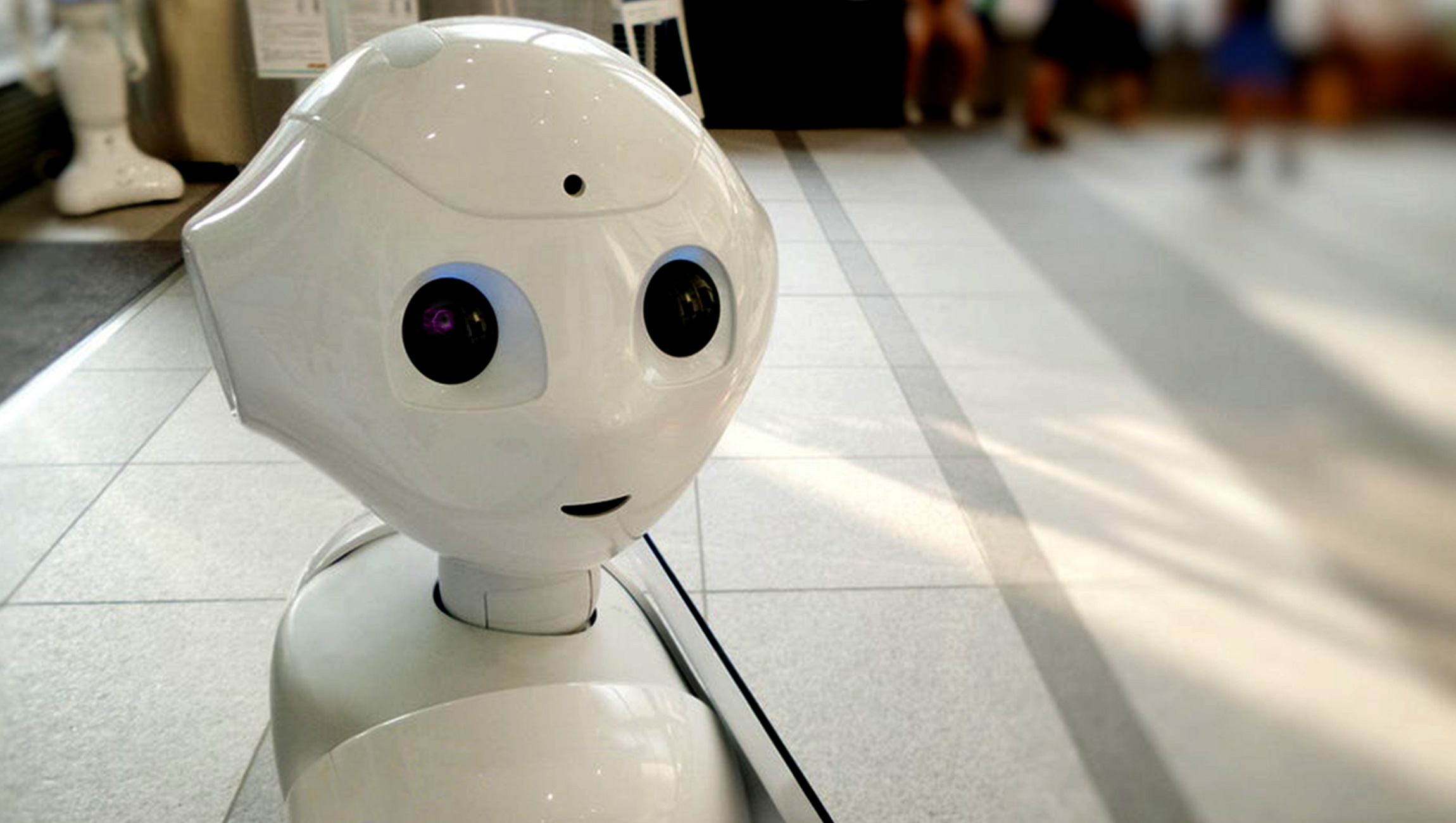The humble-but-powerful act of clicking a mouse cursor on a hyperlink has long served as the cornerstone of the now decades-old digital media revolution. The click enabled digital media to unlock new doors of measurement and analytics, making it possible to more closely understand engagement and marketing campaign performance, drive direct responses, and rapidly grow audiences. The click is the essential commodity that built giants such as Google and Facebook, and the beacon by which every digital marketer and advertiser seeks to deliver for brands as proof that campaigns are working.
However, on the strength of Alexa and Siri and evolving smartphone technologies, we are entering the era of voice — and with it, a dethroning of the click as the key measurement for marketers. The reasons behind this are easy to formulate: as voice interfaces are undergoing a truly remarkably proliferation, audio cannot be clicked and necessitates a new methodology in measurement.
Gartner predicts that by 2020, 30% of web browsing sessions will be executed without a screen, through “voice-first” interactions via mobile or smart speaker devices. Voice commerce will subsequently skyrocket as consumers adopt these user-friendly interfaces, with voice shopping estimated to surpass $40 billion in the US and UK by 2022 — a trend for which marketers will need to quickly adapt in order to capitalize on as early as possible. At the same time, consumers will increasingly prefer voice interactivity as a faster and simpler alternative to the click, accessing information and engaging with conversational voice advertising. With ads that offer to engage in dialog, consumers will be able to ask and get exactly what they want — and dismiss irrelevant ads just as quickly — making for better user experience will yield brands much richer data than clicks have historically provided.
Read More: Why Has Zuckerberg Taken a Bold Stride Towards Becoming a ‘Privacy-Focused’ Platform?
The speech recognition and natural language understanding technologies behind AI solutions that deliver interactive voice ads at scale are already capable of providing satisfying experiences, and will only improve as they mature. For example, Microsoft’s speech recognition capabilities recently reduced transcription error rates to 5.1%, which is on par with how well actual humans perform. Voice interfaces will also solve several issues inherent to click advertising. Click fraud will become all but extinct, as the veracity of real users and their human responses becomes impossible to emulate. Accidental clicks aren’t possible with voice, as engagement — a verbal “I’m interested” or similar — isn’t a mistakable action. Additionally, consumers will be spared from the troublesome experience of clicking “X” to dismiss unwanted ads; the voice interface makes it easier and faster to let ads know when they’ve worn out their welcome.
Interactive voice ads can also match the native style of their medium — be it a search assistant, streaming audio, podcast, etc. — offering less-intrusive experiences that are at the same time brief, interactive, and intelligent compared to their clickable counterparts. Where passive click ads force a monologue with listeners, these voice ads offer a dialog between consumers and brands. Marketers are able to achieve a deeper form of engagement because consumers are actively thinking about how to verbally respond to offers, capturing their mental attention. Because of this, interactive voice ads will feature higher brand recall rates, and excel at guiding consumers through the stages of the purchase funnel.
Read More: How AI will Change the Game for Influencer Marketing
Perhaps, most importantly, replacing simplistic click data with the array of real-time measurements collected from voice interactions will be transformative in empowering brands to iterate and improve their campaigns. Equipped with the same sophisticated AI delivering the ads, marketers will be able to react to listener responses and optimize voice campaigns in real-time. Furthermore, marketers will have the data to understand what elements of voice interactions are most effective in achieving conversions — all the way down to the granularity of specific verbal responses and phrases. And, as these interactions are optimized, interactive voice ad experiences will become more to the point and enjoyable to consumers.
Traditional click advertising has always been a volume business, typically requiring tremendous levels of reach and view frequency to make a significant impact on consumers and achieve campaign objectives. For example, marketers use the concept of “3+ reach” as a rule of thumb — meaning that a campaign needs to reach a consumer at least three times to be effective. However, with interactive voice ads offering a channel through which brands can much more efficiently capture audiences’ attention — perhaps even the first time they speak with an ad — advertisers will no longer need to bombard consumers with the same repetitive ads. Therefore, the high engagement natural to interactive voice ads greatly reduces that need to overwhelm audiences with ad quantity, instead, providing experiences that are vastly more memorable and meaningful — and measurably so.
Read More: How to Fight Ad Fatigue












Comments are closed.